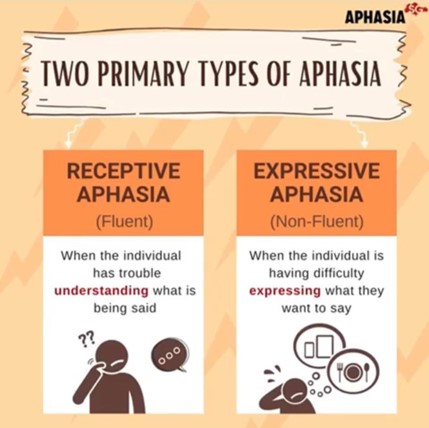While performing hygiene care for a client, a nurse notices a frayed electrical cord on the client’s electronic blood pressure monitor.
Which of the following actions should the nurse take first?
Remove the device from the room.
Access the facility’s maintenance protocol.
Report defective equipment.
Request a replacement device.
The Correct Answer is A
This is because a frayed electrical cord can pose a serious risk of electric shock or fire to the client and the nurse.
The nurse should act quickly to eliminate the hazard and ensure the safety of the client and others.
Choice B is wrong because accessing the facility’s maintenance protocol is not the first action the nurse should take.
The nurse should prioritize removing the device from the room before following any protocol.
Choice C is wrong because reporting defective equipment is not the first action the nurse should take.
The nurse should prioritize removing the device from the room before reporting it to the appropriate authority.
Choice D is wrong because requesting a replacement device is not the first action the nurse should take.
The nurse should prioritize removing the device from the room before requesting a new one.
Nursing Test Bank
Naxlex Comprehensive Predictor Exams
Related Questions
Correct Answer is B
Explanation

This type of aphasia is caused by damage to the frontal lobe of the brain, which affects the ability to produce language.
People with expressive aphasia can understand speech and know what they want to say, but they have difficulty saying words or forming sentences.
They may speak in short phrases that require a lot of effort.
Choice A is wrong because receptive aphasia is a type of fluent aphasia that affects the ability to comprehend language.
People with receptive aphasia have difficulty understanding speech and may produce meaningless words or sentences.
Choice C is wrong because global aphasia is the most severe type of aphasia that affects both the production and comprehension of language.
People with global aphasia cannot speak many words and do not understand speech.
They also cannot read or write.
Choice D is wrong because sensory aphasia is not a common term for a type of aphasia.
It may refer to Wernicke’s aphasia, which is another type of fluent aphasia that affects the ability to produce meaningful language.
People with Wernicke’s aphasia can speak fluently but often use incorrect or invented words or phrases.
Correct Answer is B
Explanation
The correct answer is choice B. Palliative care is a type of care that improves the quality of life of patients and their families who are facing problems associated with life-threatening illness.
It prevents and relieves suffering through the early identification, correct assessment and treatment of pain and other problems, whether physical, psychosocial or spiritual.
Palliative care also provides emotional support to the patients and their families during the illness.
Therefore, choice B indicates an understanding of the teaching.
Choice A is wrong because it contradicts the goal of palliative care to address the spiritual needs of the patients and their families.
Spiritual advisors can help patients cope with their illness and find meaning and purpose in their situation.
Choice C is wrong because it denies the patient the opportunity to express their feelings and concerns about their illness.
Palliative care involves open and honest communication between the patients, their families and the health care team.
Discussing the illness can help patients make informed decisions about their care and prepare for the end of life.
Choice D is wrong because it goes against the principle of palliative care to respect the patient’s wishes and preferences regarding their treatment.
Resuscitation is a procedure that attempts to revive someone from apparent death or unconsciousness.
Some patients may not want resuscitation if they have a terminal illness or a poor quality of life.
They may have an advance directive or a living will that states their preferences for end-of-life care.
Whether you are a student looking to ace your exams or a practicing nurse seeking to enhance your expertise , our nursing education contents will empower you with the confidence and competence to make a difference in the lives of patients and become a respected leader in the healthcare field.
Visit Naxlex, invest in your future and unlock endless possibilities with our unparalleled nursing education contents today
Report Wrong Answer on the Current Question
Do you disagree with the answer? If yes, what is your expected answer? Explain.
Kindly be descriptive with the issue you are facing.
